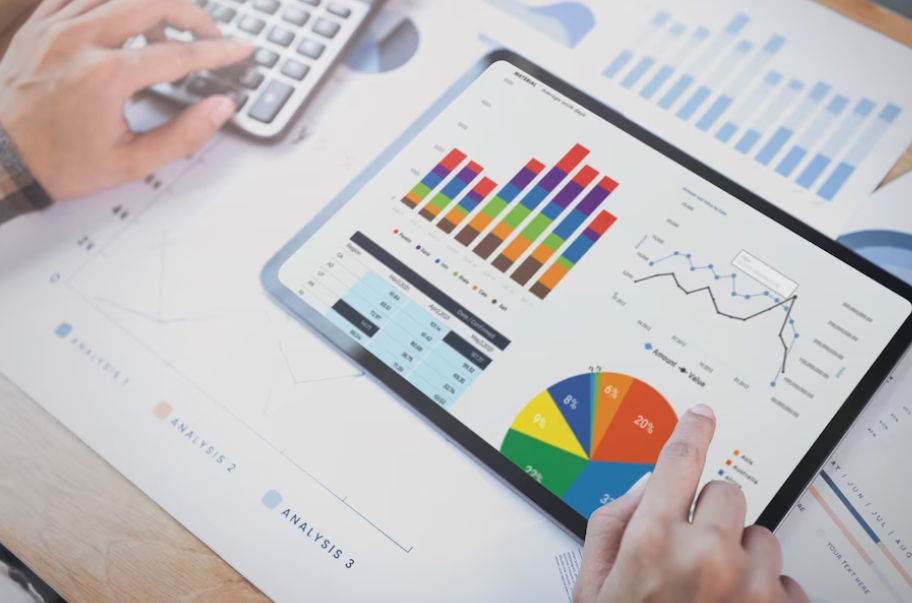1. Modular and scalable
Businesses should be able to access real-time data about their customers, employees, supply chain, financials, or manufacturing. Solutions that are available in modules make a best buy, so you can initially choose the modules you need and then scale up as you grow.
2. Multi-tenancy & user-friendly
A facility management system must be accessible over the Internet by multiple users, over multiple devices: Laptop, Mobile, or PC. The features must be easy to use. Assigning and managing tasks must be fast and intuitive for any type of user without IT Intervention. (Managers/business users/service technicians.)
3. Built-in BI and Intuitive Reporting
One of the biggest challenges in deploying an enterprise-wide cloud-based solution is facing the rapidly increasing data. Processing structured and unstructured data in a methodical manner and drawing valuable insights is crucial for making well-informed and data-driven decisions.
4. Solid Database Features
Creating work orders, assets, and building reports must be easy and not involve a lot of IT intervention. Workflows must be customizable based on your specific needs for equipment, work orders, and inventory.
5. Preventive Maintenance
Unplanned failure of assets can result in huge losses in terms of cost and time.
A robust preventive maintenance program reduces risks, improves operations, and must be part of the facility management software you are planning to invest in. Based on your asset-servicing needs, you can go for a time-based or usage-based maintenance approach.
Make sure that you invest in a facility management software that has the following features:
-
- Location-based asset mapping
- work order and preventive maintenance scheduling
- Foolproof documentation of Assets, Receipts, and Operation & Maintenance manuals
- Data reporting dashboard
6. Role-based privileges and functions
Encompassing a large number of personnel, a facility management system must have specific privileges and a number of useful functions that make the worklife of all your employees and customers easy and efficient.
For example,
Employees must be able to select their preferred amenities, workspace, parking space and commute options. QR-based Digipass and thermal scanners that enable contactless access management are much favored trends of today. Interactive floor plans help employees find meeting rooms and their desks without trouble. Booking meeting rooms and cafeteria spaces are also favorable features.
Scheduling teams, managing shifts and tasks, monitoring access, reporting, and managing insights are all advanced features for managers and directors of the organization.
7. Secure and smart
To ensure that your enterprise architecture is both smart and safe, it is important to integrate it over a platform that incorporates keyless entry, remote security management, mobile credentials, smart locks, identity management solutions, and visitor management.
An open API platform can help you integrate with ‘n’ number of third-party devices, applications, and platforms that are needed to manage your assets and facilities.



Pingback:7 Top Features to consider in a Facility Manage...